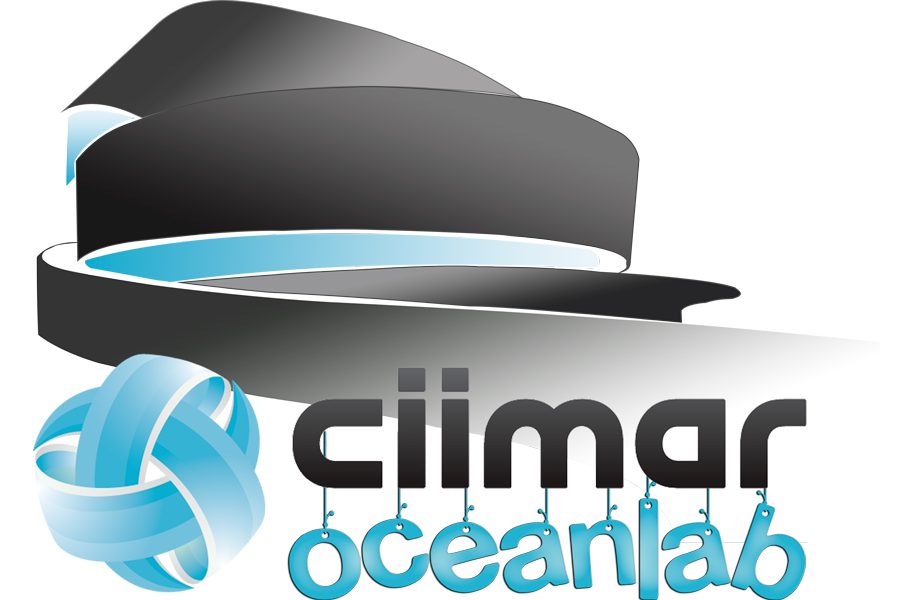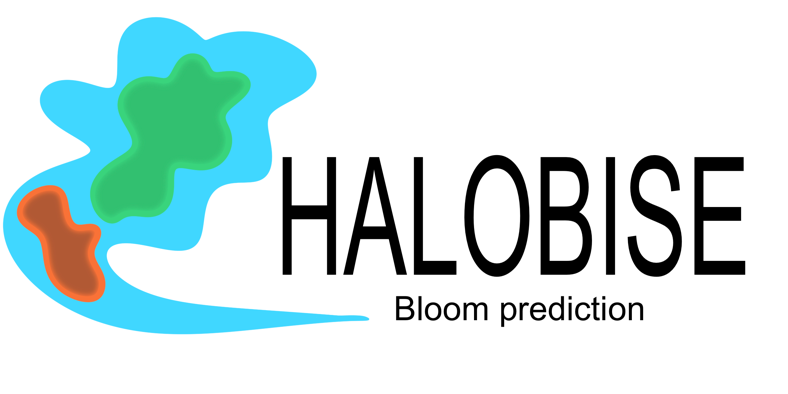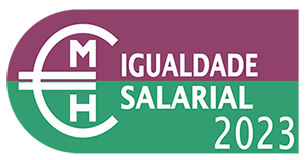

Researcher
Paula Campos is a researcher specialized in ancient DNA applications to archaeological, paleontological and conservation biology questions. She received her degree in Biology in 2000, her MSc in Biodiversity and Genetic Resources in 2005 from the University of Porto and her PhD in Evolutionary Biology in 2009 from University of Copenhagen. As of January 2020, her publications include 2 theses, 4 book chapters, 1 technical report and 48 papers in international peer review journals. Of these, 15 were published in major multidisciplinary scientific journals including PNAS, Science and Nature, but also in specialized journals like Journal of Archaeological Science and Molecular Ecology. Paula is funded through FCT’s Individual Call to Scientific Employment Stimulus, CEEC2017.



